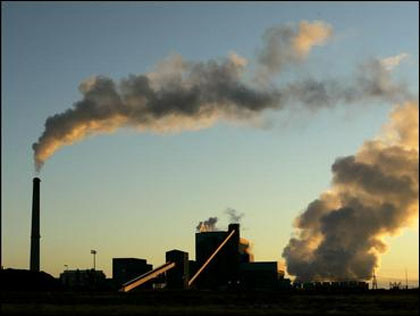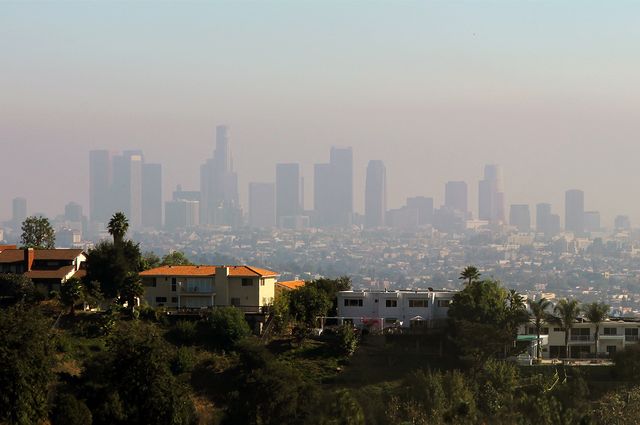Dr. Roberto Guardani, a professor at Brazil’s University of São Paulo, gave a special SOCAAR Seminar on October 16, 2015 on the air quality monitoring studies of the São Paulo Metropolitan Area.
The unstable meteorological conditions due to São Paulo’s proximity to the sea makes it difficult to predict the pollutant levels in the area. But Guardani and his research team have worked closely with São Paulo’s Environmental Authority to develop various statistic models to predict ground-level air pollutants from industrial emissions. In his talk, Guardani identified ozone to be the main pollutant in São Paulo, which behaves independently from other pollutants like SO2. He also presented the usage of a neural network-based statistical model, consisting of meteorological variables, to predict the ozone levels and maximum ozone concentrations across the city. Continue reading →


 Photo source: CANUE
Photo source: CANUE





